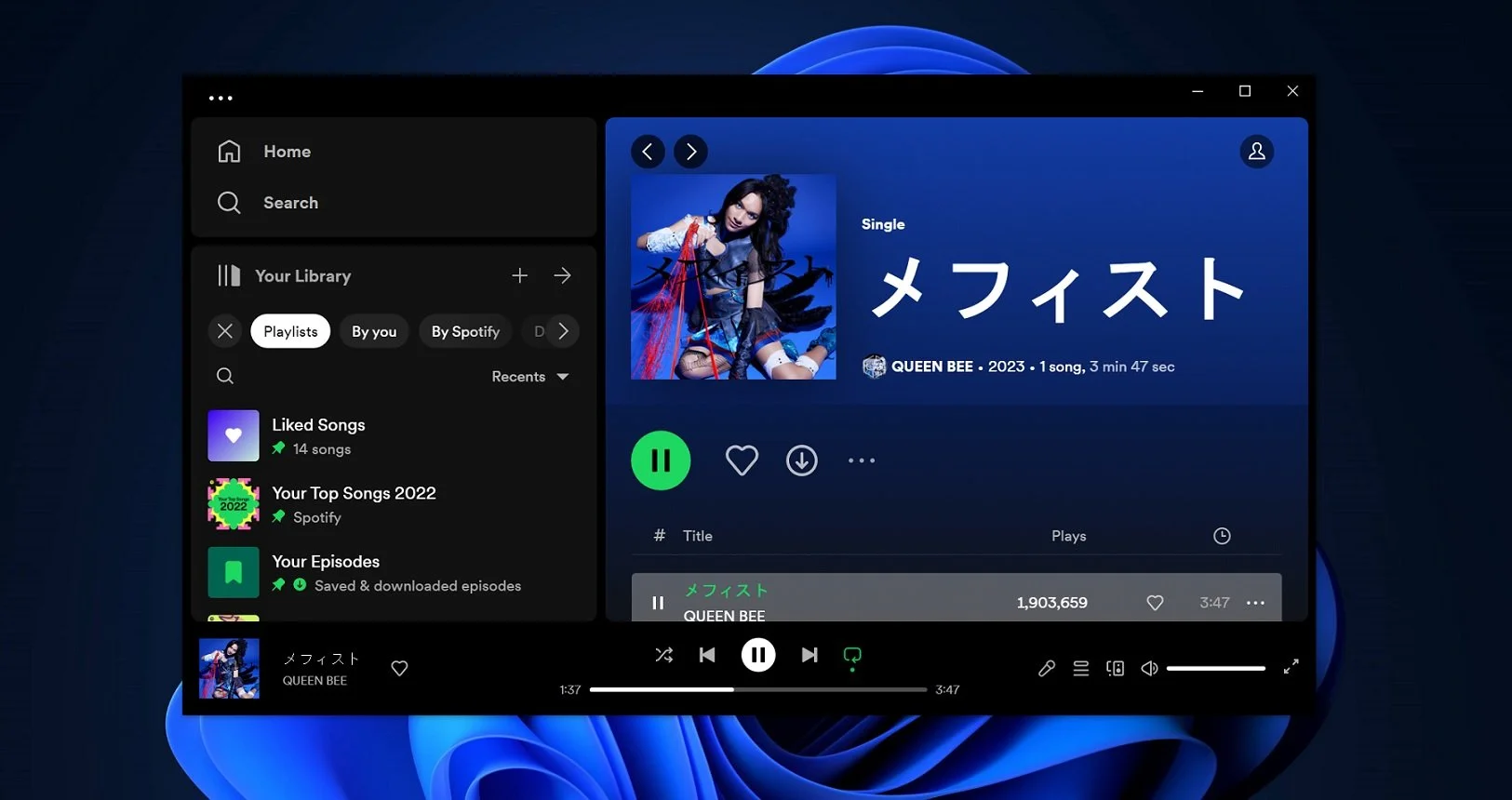

I’m using step-ca. Its running on dedicated SBC. ACME certs created for each service renewing automatically daily. Honestly this setup wouldn’t be worth it if it wasn’t for daily cert rotation. I’m not using wildcard certs with own CA as it’s bad practice and defeats the purpose. There are bunch of different ACME renewal scripts/services. K8s cert manager handling kubernetes services automatically. Opensense has ACME cert plugin, nginx proxy manager is using external cert managed by script. I’m validating certs with DNS using TSIG. Step-ca have several integrations with different DNS services. I chose TSIG because it’s universal. There is pi-hole integration if you using that. Buying valid domain is not needed as long as you have internal DNS. You need to Install root Ca on every machine that will be connecting to services. If you have many VM’s configuration management is the way to go.



Sounds like NFS is a way to go in your case. Longhorn adds for your setup unnecessary resource overhead and complexity.